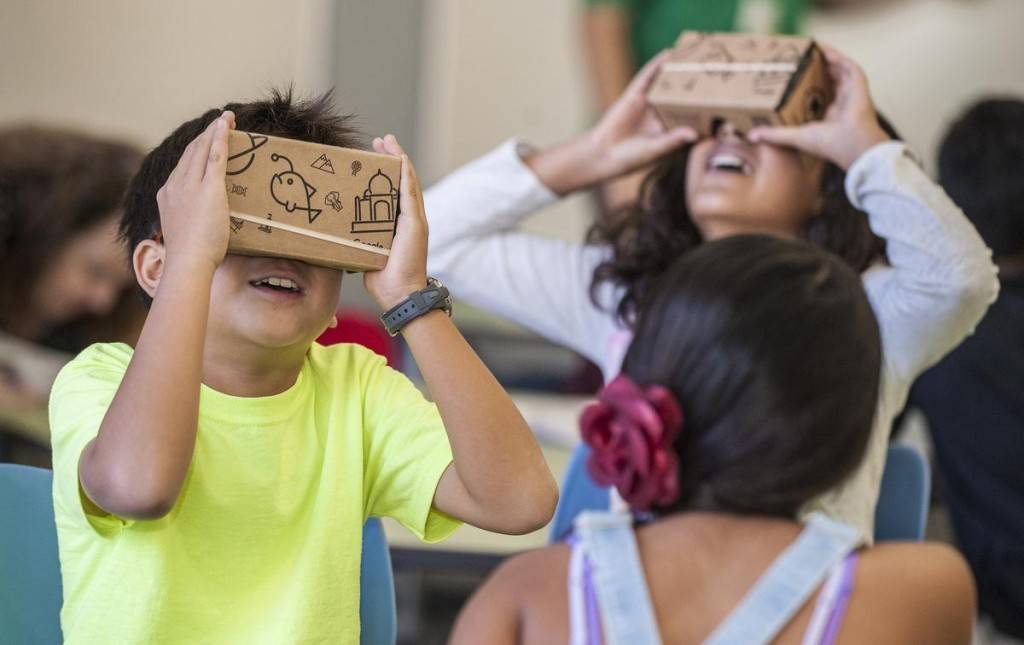Schools are going to see a surge in wearable tech over the next five years, according to a report published by Research and Markets, at an expected growth rate of 46 percent per year.
We’re already seeing experiments conducted by schools to see the advantages of wearable products. Google’s Cardboard VR has been tested in several schools; teachers used the Expeditions app to take the class on a tour to the Great Wall of China and New York City.
See Also: How virtual reality will democratize learning
“The creativity we have seen from teachers, and the engagement from students, has been incredible,” Google’s Ben Schrom, product manager for Expeditions, told The Guardian.
That’s the key word for schools: engagement. If virtual reality and other wearable tech can engage students better than text or video, we will definitely see more investment by schools to make lessons more creative for students, regardless of age.
Cheap wearable may be best wearable for school budgets
Google Cardboard VR is the perfect tool for experiments, since it’s cheap. It might be a few years before we see a move to real VR headsets, like the Oculus Rift or HTC Vive VR, into classrooms.
Augmented reality is another potential classroom favorite. Microsoft has already shown Minecraft on HoloLens, which could easily be adapted into a classroom to engage students. Instead of a book describing the different parts of the volcano, imagine being able to look at it in 3D and change the viewing angle from inside to out with one swipe.
Another headset making the rounds in schools is Muse, a brain-sensing headband that shows you how the class reacted to a lesson. That sort of information could give teachers better understanding about what is working and what is not.
It might be a while before wearable tech becomes commonplace in schools, but some schools are already taking advantage of the cheap tech and demos from Microsoft, Google, and other wearable tech firms.









